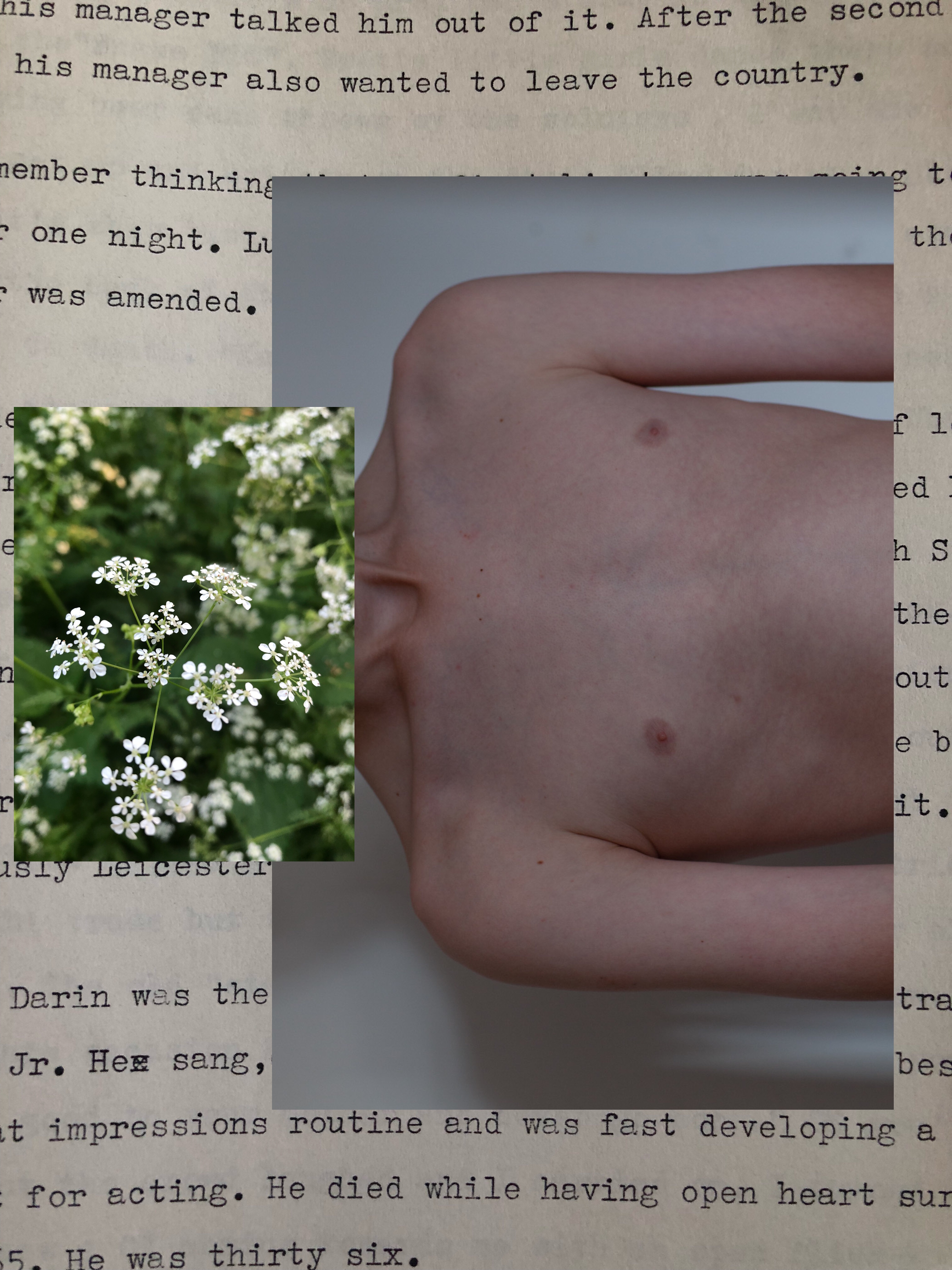From The Selfie: Making sense of the “Masturbation of Self-Image” and the “Virtual Mini-Me” by Alise Tifentale, The Graduate Center, The City University of New York (CUNY) 2013
“As artist and critical thinker Paul Chan has put it, “In belonging we actualize ourselves by possessing what we want to possess us, and find fellow feeling from being around others who own the same properties. And by properties, I mean not only tangible things, like shovels or tangerines, but more importantly, the immaterial things that give meaning to an inner life, like ideas, or desires, or histories.”
Slightly out of date – “The number of Instagram users is even smaller – more than 150 million monthly users in 2013. A person to be an active Instagrammer anywhere in the world means to fall within a certain income bracket that supports the purchase of a smartphone and monthly expenses related to network subscription and service fees (or to be a dependent of such a person).” – people with very little in terms of material capital do use Instagram although perhaps not quite as much Whats App. 1 billion monthly active users (2018)

https://adespresso.com/blog/instagram-statistics/
“As often is the case with new trends, the conservative voices have hurried to claim that selfies definitely are not (and cannot be viewed as) a form of art.” Rubbish! And in fact, Cindy Sherman has since embraced the relevant technology to make selfies that express a horror – her images look a bit like they might have been put together by the software – she does not attempt to trick anyone by making herself look glamorous in these.
I did something similar in Self and Other. There is always room to explore the language material that is being used but how one does is the question rather than whether one should.
“However, Selfiecity more easily relates to the opinion of other scholars who have argued for a noticeable paradigm shift, or what Edgar Gómez Cruz and Eric T. Meyer have called “the fifth moment of photography.”42 The simplicity of online sharing of the images taken with a smartphone is one of the factors that contribute to this shift, which is characterized by “complete mobility, ubiquity and connection.” Ties in with what I was exploring my the essay.
And
their social and cultural experiences are mediated by software.”

Cindy Sherman’s selfies ae weirdly natural with their extreme plasticity – a more glamorous form of ‘gurning’. They become ‘art’ in their uniqueness I think.
LikeLike